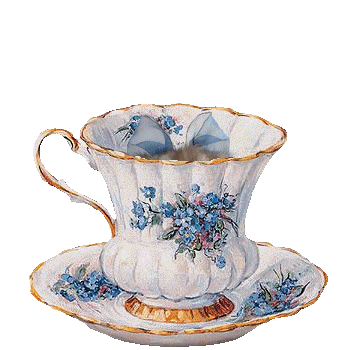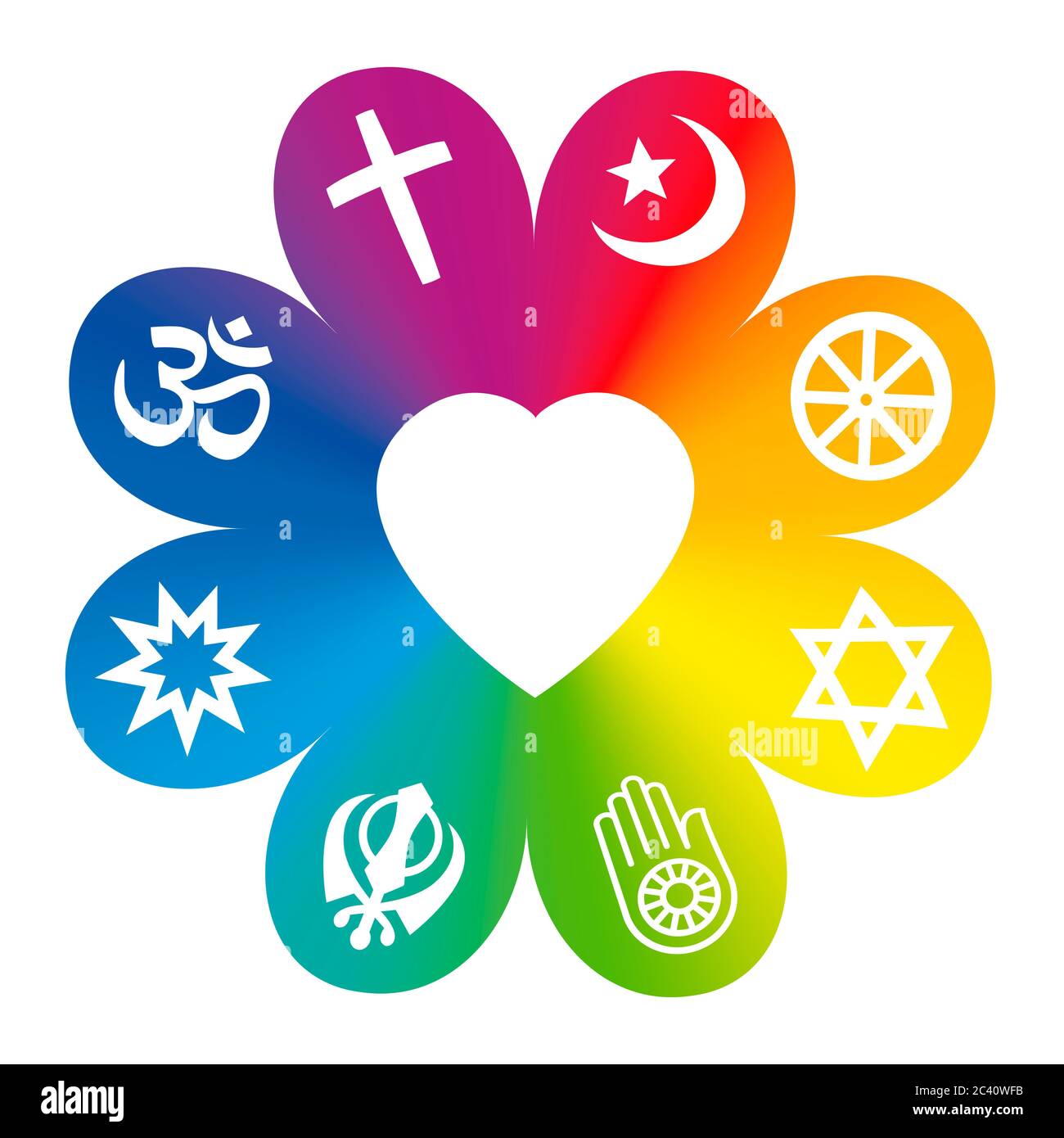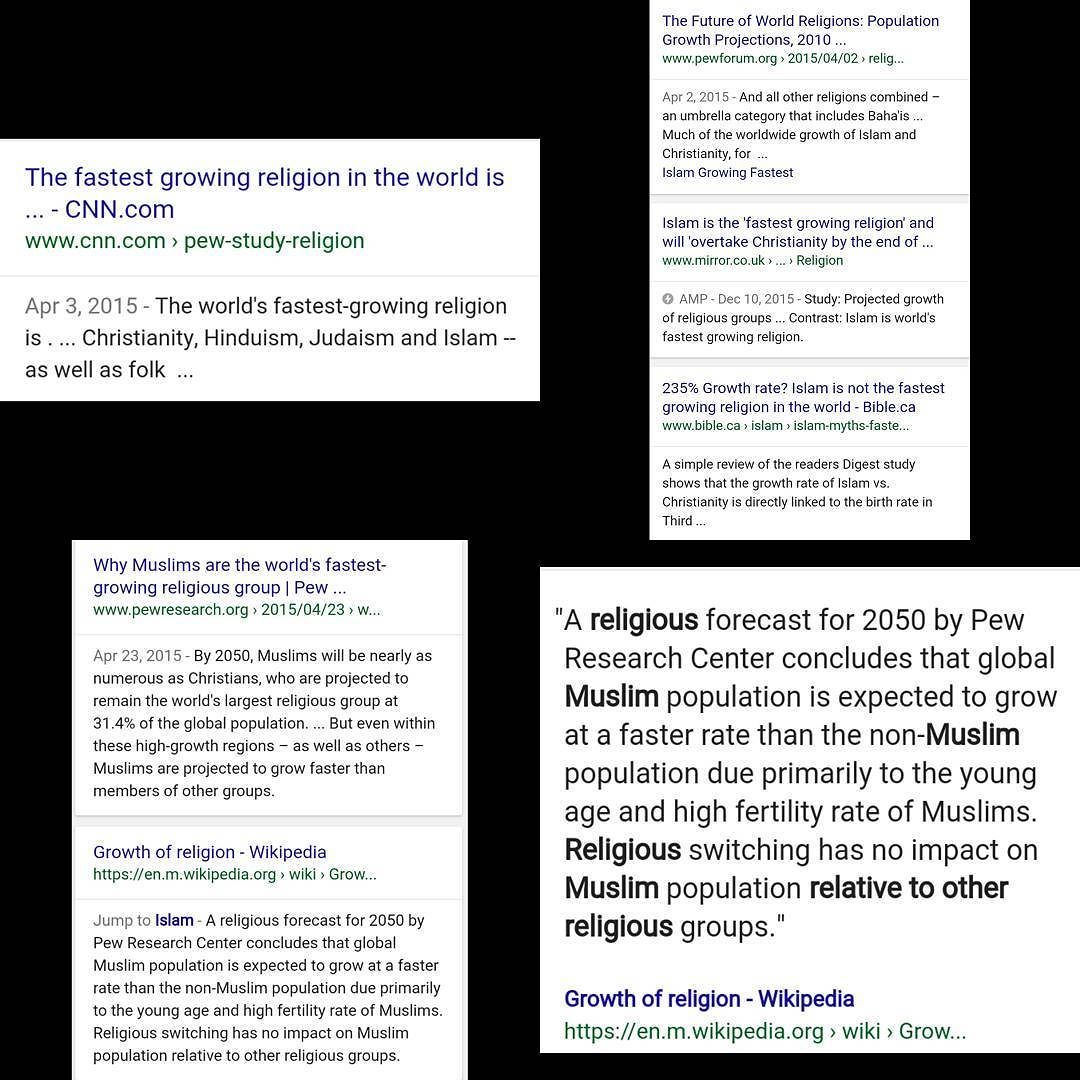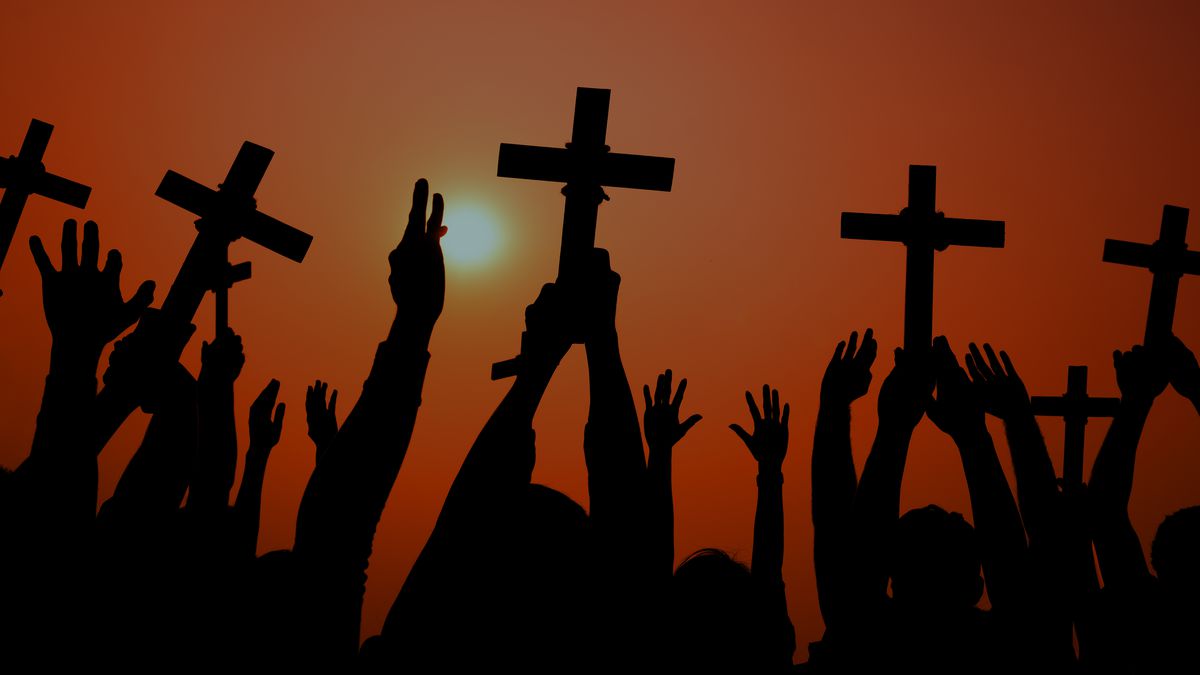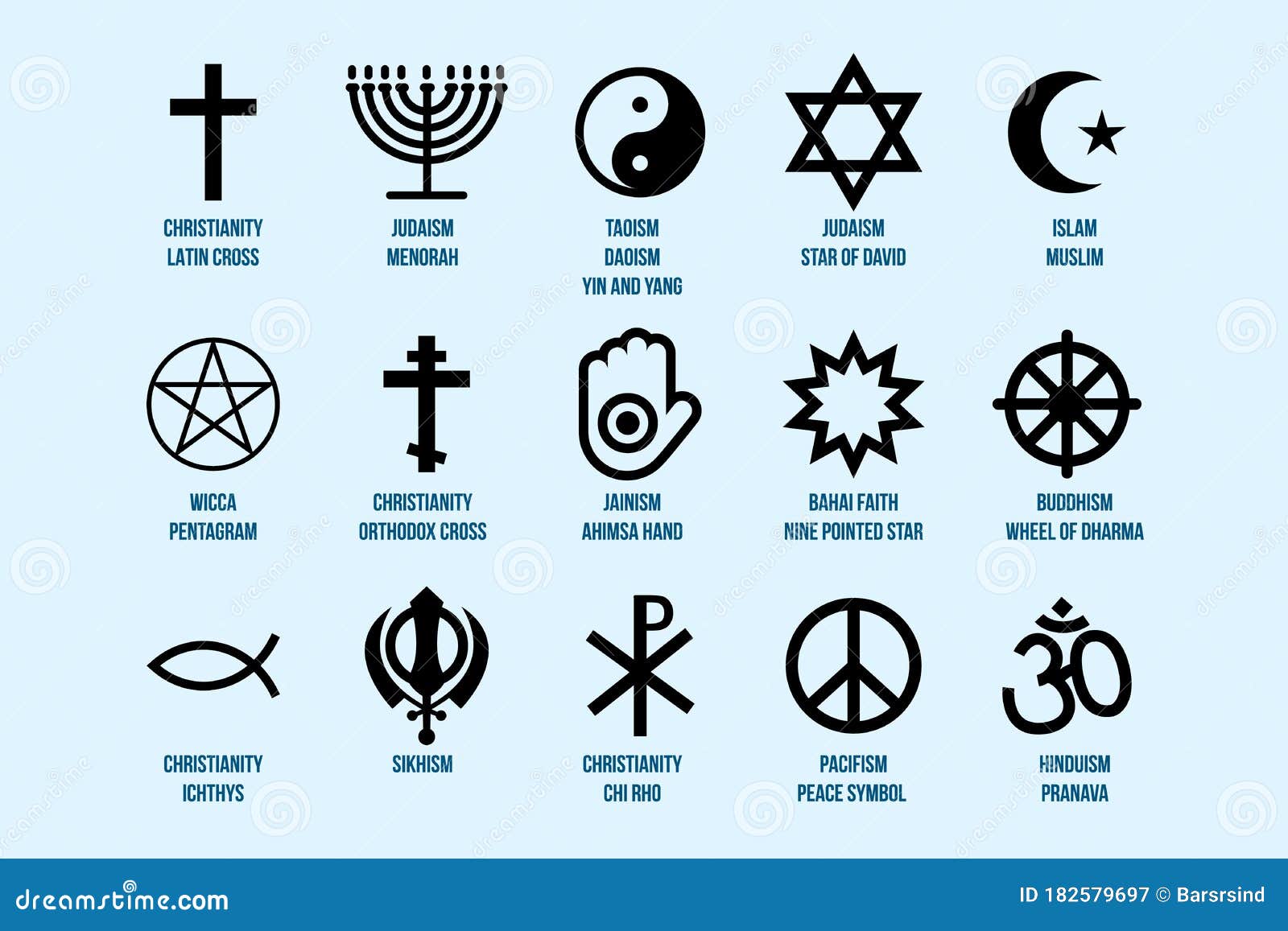How Faith Shaped Medieval Art and Architecture: A Complete Guide to Religion’s Lasting Influence
Introduction: Why Religion Mattered in the Middle Ages
During the Middle Ages, religion was not just a part of life-it was the guiding force behind nearly every aspect of society. Art and architecture were deeply entwined with religious belief, as the Church shaped not only spiritual practice but also cultural expression, education, and even politics. To understand the art and buildings of this era is to understand how religion unified communities, inspired creativity, and left a legacy that endures in cathedrals, manuscripts, and paintings across Europe [3] .
The Church as the Main Patron of the Arts
In medieval Europe, the Christian Church was the primary commissioner and sponsor of artistic works. Most artists and architects worked under the direction of religious leaders or wealthy patrons wishing to express their piety. The motivation for this patronage was twofold: to glorify God and to instruct the largely illiterate population about religious stories and values. Artworks depicted biblical tales, saints, and key events in Christian theology, serving as both decoration and didactic tools [2] .
For example, the Church commissioned the construction of grand cathedrals and churches, adorned with intricate stained glass windows, sculptures, and mosaics-all designed to convey religious themes and inspire awe. Illuminated manuscripts, crafted by monks, combined beautiful calligraphy with vibrant illustrations to teach readers about the Bible and church teachings [3] . The use of gold, gemstones, and precious materials in these works reflected the belief that only the finest should be offered to God.
Architecture: Building for the Divine
The architectural legacy of the Middle Ages is dominated by religious structures. Early Christian basilicas, inspired by Roman civic buildings, became the blueprint for later churches. As time progressed, the Romanesque and Gothic styles emerged, each with distinct characteristics shaped by theological and liturgical needs [1] .
Key Features of Medieval Church Architecture:
- Romanesque: Thick stone walls, rounded arches, sturdy pillars, and small windows. These features symbolized strength and permanence, reflecting the Church’s authority.
- Gothic: Pointed arches, ribbed vaults, flying buttresses, and large stained glass windows. Gothic cathedrals like Chartres and Notre Dame were designed to draw the eyes upward, representing the soul’s journey to heaven. The use of light was symbolic of divine presence [4] .
Monastic orders, such as the Benedictines and Cistercians, also left a significant mark. The Cistercians, for instance, favored minimalism and simplicity in their churches, rejecting excess ornamentation to focus on spiritual contemplation. Their architectural innovations influenced the later Gothic style [4] .
Art as a Spiritual Experience
Unlike modern art, which is often created for personal expression or public enjoyment, medieval art was primarily a vehicle for spiritual education and religious devotion. Paintings, sculptures, and stained glass windows illustrated stories from the Bible or the lives of saints. These images were not merely decorative-they were intended to inspire faith, evoke emotional responses, and guide the viewer’s thoughts toward the divine [5] .
For example, the use of halos around the heads of saints or Christ signified holiness, while gold backgrounds evoked the radiance of heaven. Artworks were carefully placed within churches to support worship and meditation. Manuscripts, often painstakingly illuminated by hand, served both as teaching tools and as devotional objects for clergy and laypeople alike [3] .
Practical Steps to Access Medieval Religious Art and Architecture
If you wish to experience medieval religious art and architecture firsthand or study these works in depth, there are several paths you can take:
- Visit Historic Cathedrals and Monasteries: Many medieval churches and cathedrals are open to the public and offer guided tours. Consider visiting renowned sites such as Notre Dame in Paris, Chartres Cathedral, or the Abbey of Fontenay.
- Museums and Online Collections: Major museums like The Metropolitan Museum of Art and The British Museum have extensive medieval collections. You can search their online catalogs for illuminated manuscripts, religious paintings, and architectural fragments.
- Educational Resources: Universities and libraries frequently host lectures or digital exhibitions on medieval art. Searching for courses or webinars on “medieval religious art” or “Gothic architecture” can connect you with reputable programs.
- Scholarly Publications: For in-depth research, consult academic journals or books on art history. University presses and established publishers offer peer-reviewed studies that explore the religious context of medieval art.
- Connecting with Local Institutions: Many cities have local churches, museums, or historical societies that can provide access to medieval-inspired art and architecture. Reaching out to these organizations-often through their official websites or public contact information-can open doors to tours, lectures, or volunteer opportunities.
If you are unsure how to find these opportunities, consider searching for “medieval cathedral tours” or “museum medieval collections” using official museum or tourism websites. When in doubt, look for resources provided by established institutions or government cultural agencies.
Common Challenges and Solutions
Pursuing an interest in medieval religious art and architecture may present certain challenges:
- Access to Original Works: Many medieval buildings are located in Europe, which may be costly to visit. In such cases, virtual tours or digital museum collections offer valuable alternatives.
- Understanding Symbolism: Medieval art is filled with symbols that may not be immediately obvious to modern viewers. To overcome this, use educational guides or attend lectures that explain religious iconography.
- Language Barriers: Some resources may be in Latin or other languages. Many universities offer translation services or introductory courses in medieval studies to help you navigate these texts.
By seeking out reputable institutions, leveraging online resources, and connecting with local experts, you can overcome these obstacles and gain a deeper appreciation for the spiritual art and architecture of the Middle Ages.
Alternatives and Modern Approaches
While religious patronage dominated the Middle Ages, later periods saw a shift toward secular themes and patrons. However, the techniques, symbolism, and architectural innovations developed for religious purposes continued to influence artists and builders. Today, you can see echoes of medieval religious art in everything from neo-Gothic churches to contemporary spiritual installations.

Source: theartsoftthemedievalages.weebly.com
If your interest extends beyond Western Christianity, consider exploring how other faiths influenced their artistic and architectural traditions. Many universities and museums offer comparative studies in world religions and art history.
Key Takeaways
Religion was the central force driving the art and architecture of the Middle Ages. The Church’s patronage shaped the design, purpose, and meaning of artistic works, resulting in a legacy of breathtaking cathedrals, illuminated manuscripts, and devotional paintings that continue to inspire awe today. Whether visiting historic sites, exploring museum collections, or studying scholarly works, there are many ways to access and appreciate this remarkable heritage.

Source: theartsoftthemedievalages.weebly.com
References
- [1] New Wave Magazine (2024). Christianity and Western Art and Architecture.
- [2] TutorChase (2023). How did the Church influence art and architecture?
- [3] WhatAPortrait Blog (2025). Medieval Art – Historical Overview, Characteristics and Examples.
- [4] Artful Mind Blog (2024). Foundations of Faith: Monastic Orders and Their Influence on Medieval Art and Architecture.
- [5] RAU Antiques Blog (2021). Art and Religion: A Centuries-Old Relationship.
MORE FROM cheerdeal.com



